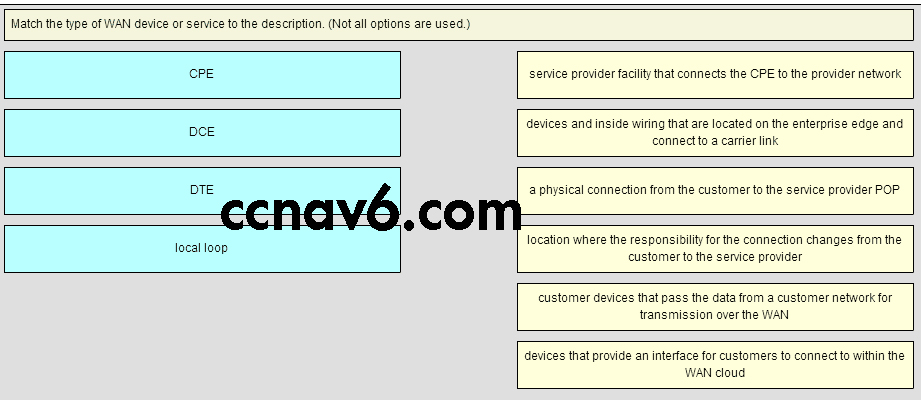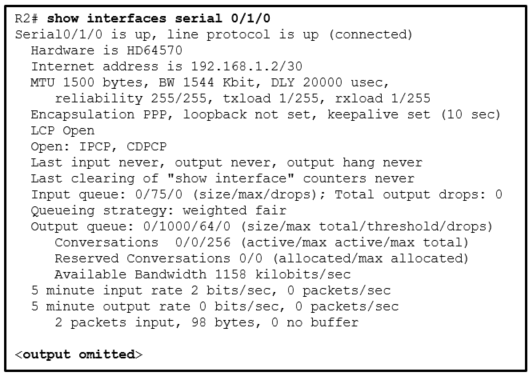
+Flag+Address+One+byte+field.jpg)
If the settings of an incoming RADIUS Access-Request message do not match at least one of the connection request policies, an Access-Reject message is sent to the RADIUS client and the user or computer attempting to connect to the network is denied access. If the policy settings match and the policy requires that the NPS forwards the message, NPS acts as a RADIUS proxy and forwards the connection request to a remote RADIUS server for processing. If the policy settings match and the policy requires that the NPS process the message, NPS acts as a RADIUS server, authenticating and authorizing the connection request. RADIUS Access-Request messages are processed or forwarded by NPS only if the settings of the incoming message match at least one of the connection request policies configured on the NPS. The realm name in the connection request.With connection request policies, you can use NPS as a RADIUS server or as a RADIUS proxy, based on factors such as the following: You can create connection request policies so that some RADIUS request messages sent from RADIUS clients are processed locally (NPS is used as a RADIUS server) and other types of messages are forwarded to another RADIUS server (NPS is used as a RADIUS proxy). Connection request policies can be configured to designate which RADIUS servers are used for RADIUS accounting. It shows only one-way authentication, however, two-way authentication would follow similarly with all CHAP packets transmitted in both direction.In addition to this topic, the following connection request policy documentation is available.Ĭonnection request policies are sets of conditions and settings that allow network administrators to designate which Remote Authentication Dial-In User Service (RADIUS) servers perform the authentication and authorization of connection requests that the server running Network Policy Server (NPS) receives from RADIUS clients. The following diagram shows the exchange of CHAP packets between two routers. The authenticator sends a Success packet if the values match otherwise, it sends a Failure packet to the peer. It expects a similar value from the peer.
#Match the ppp frame field to the description password#
The authenticator also performs MD5 hash-function for the Identifier value and the random value it sent in the Challenge packet and generates a hash-value using the password by looking up the entry on the router for the username in the Name field of the Response packet. The Name field of the Response packet is set to the hostname of the peer router. This generates a one-way hash value and set in the Value field of the Response packet which is sent back to the authenticator.


The Challenge packet also has a Name field which contains the hostname of the router transmitting the packet. The Challenge packet has a Value field which contains a variable stream of octets (a random value). A Challenge packet is also sent to ensure that the connection has not been altered. An authenticator sends Challenge packets until a response is received from the peer. The Challenge packets are sent during the Authentication Phase and NCP phase. The protocol value is set to 0xC223.Ī Challenge packet is used to begin the CHAP. If the values match, the authenticator sends a "Success" message otherwise sends a "Failure" message.Ī CHAP packet is encapsulated in the Information field of the PPP frame. The authenticator also calculates a hash-value of the value sent in the Challenge message and expects a similar value from the peer. The peer responds with a "Response" message containing a hash-value obtained after performing MD5 on the value sent in the Challenge message. After the Link Establishment Phase is complete, the authenticator sends a "Challenge" message to the peer containing a value. The Challenge Handshake Authentication Protocol (CHAP) (protocol value= 0xC223) is used to verify the identity of the peer using a 3-way handshake.


 0 kommentar(er)
0 kommentar(er)
